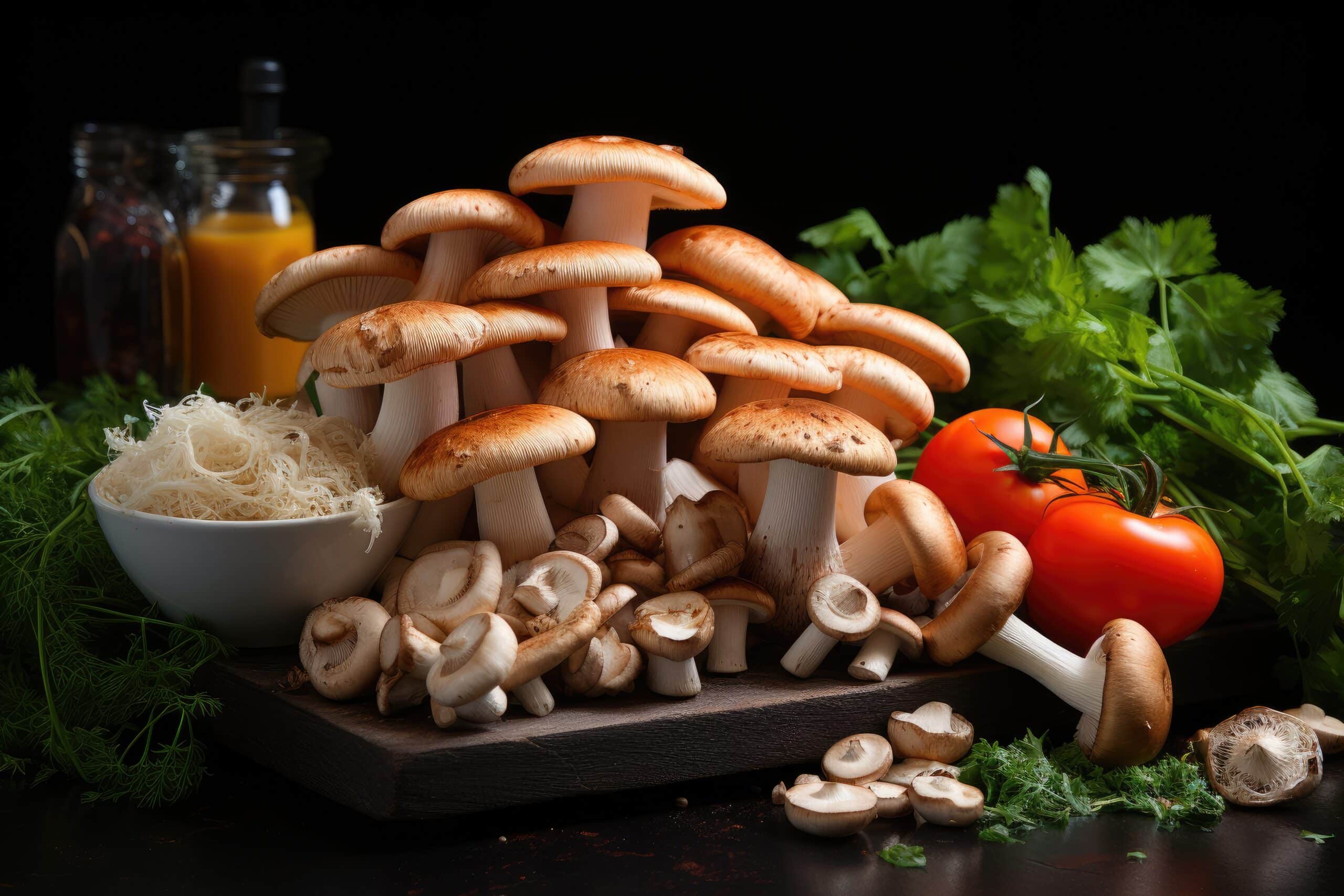Is Light Necessary for Mushroom Growth?
Key Takeaways
- Light is crucial for the growth and development of mushrooms
- Each mushroom species has unique lighting requirements
- Light intensity and duration are important factors to consider in mushroom cultivation
Light plays a crucial role in the growth and development of mushrooms. While different species of mushrooms have varying light requirements, it is generally accepted that mushrooms thrive under a broad spectrum of light that includes blue, red, and white wavelengths. In this article, we will explore the effects of light on mushroom cultivation and discuss the specific lighting needs of different mushroom species.
The Importance of Light in Mushroom Cultivation
Light serves as a growth determinant for mushrooms, influencing various physiological processes and triggering specific growth stages. It aids in the induction of mushroom formation, affects the morphology and appearance of mushrooms, and promotes the development of fruit bodies. Without adequate light, mushrooms may struggle to grow and produce a healthy yield.
Effects of Light on Different Mushroom Species
Each mushroom species has unique lighting requirements. Let’s explore the effects of light on some commonly cultivated mushrooms:
Pleurotus ostreatus (Oyster Mushroom)
For Pleurotus ostreatus, red light has been found to increase spore germination, while blue and green light suppress germination. Blue light also suppresses mycelium growth, but green light promotes it. Longer periods of illumination and higher light intensity enhance the development of fruiting bodies. LED lights, particularly red and blue, have been found to increase the weight of fruiting bodies.
Pleurotus eryngii (King Oyster Mushroom)
Pleurotus eryngii has shown sensitivity to blue and red light for spore germination, with green light suppressing germination. Green light has also been found to increase the dry biomass of mycelium. The development of fruiting bodies in Pleurotus eryngii is influenced by both light source and calcium medium, with red light necessary for low-calcium medium and blue light necessary for high-calcium medium.
Lentinula edodes (Shiitake Mushroom)
Lentinula edodes has demonstrated sensitivity to blue and red light for spore germination, with green light suppressing germination. Green light has been found to increase the dry biomass of mycelium. The development of fruiting bodies in Lentinula edodes is influenced by both light source and calcium medium, with red light necessary for low-calcium medium and blue light necessary for high-calcium medium.
Hypsizygus marmoreus (Bunashimeji Mushroom)
Blue and green light have been found to increase the yield of Hypsizygus marmoreus, with higher light intensity leading to higher yields. The specific light requirements for this mushroom species can vary, so it is important to carefully manage light intensity, spectrum, and duration for optimal growth.
The Role of Light Intensity and Duration
Light intensity and duration are important factors to consider in mushroom cultivation. Blue light is known to promote vegetative growth, while red light stimulates fruiting. Mushrooms require different light intensities at different stages of growth. During the vegetative stage, a lighting cycle of 12 to 16 hours a day is recommended, while during the fruiting stage, 8 to 12 hours a day is ideal.
Conclusion
Based on the information provided, it is clear that light is necessary for the growth and development of mushrooms. Different mushroom species have unique lighting requirements, and light intensity, spectrum, and duration need to be carefully managed to ensure optimal growth and yield. Whether it is promoting spore germination, mycelium growth, or the development of fruiting bodies, light plays a crucial role in every stage of mushroom cultivation.
Related Websites:
FAQs:
Q: Why is growing mushrooms at home so popular?
Growing mushrooms at home has become popular due to the ability to have fresh and organic mushrooms readily available. It also allows for experimentation and customization of mushroom varieties to suit personal preferences.
Q: What are the different stages of mushroom growth?
Mushroom growth consists of four stages: spawn inoculation, mycelium colonization, primordia formation, and fruiting. Each stage is crucial for the successful development of mushrooms.
Q: Is light necessary for mushroom growth?
While mushrooms don’t require light for growth, they rely on it to trigger certain developmental processes. Light plays a crucial role in initiating fruiting and determining the shape, size, and color of mushrooms.
Q: What are the benefits of exposing mushrooms to light?
Exposing mushrooms to light can lead to faster growth, enhanced nutritional value, and improved visual appeal. It also helps regulate the circadian rhythm of mushrooms, resulting in a healthier and more robust crop.
Q: What are alternative lighting methods for indoor mushroom cultivation?
Indoor mushroom growers can use artificial light sources such as LED grow lights, fluorescent lights, or incandescent bulbs. These can be adjusted to provide the appropriate spectrum and intensity of light for optimal mushroom growth.






